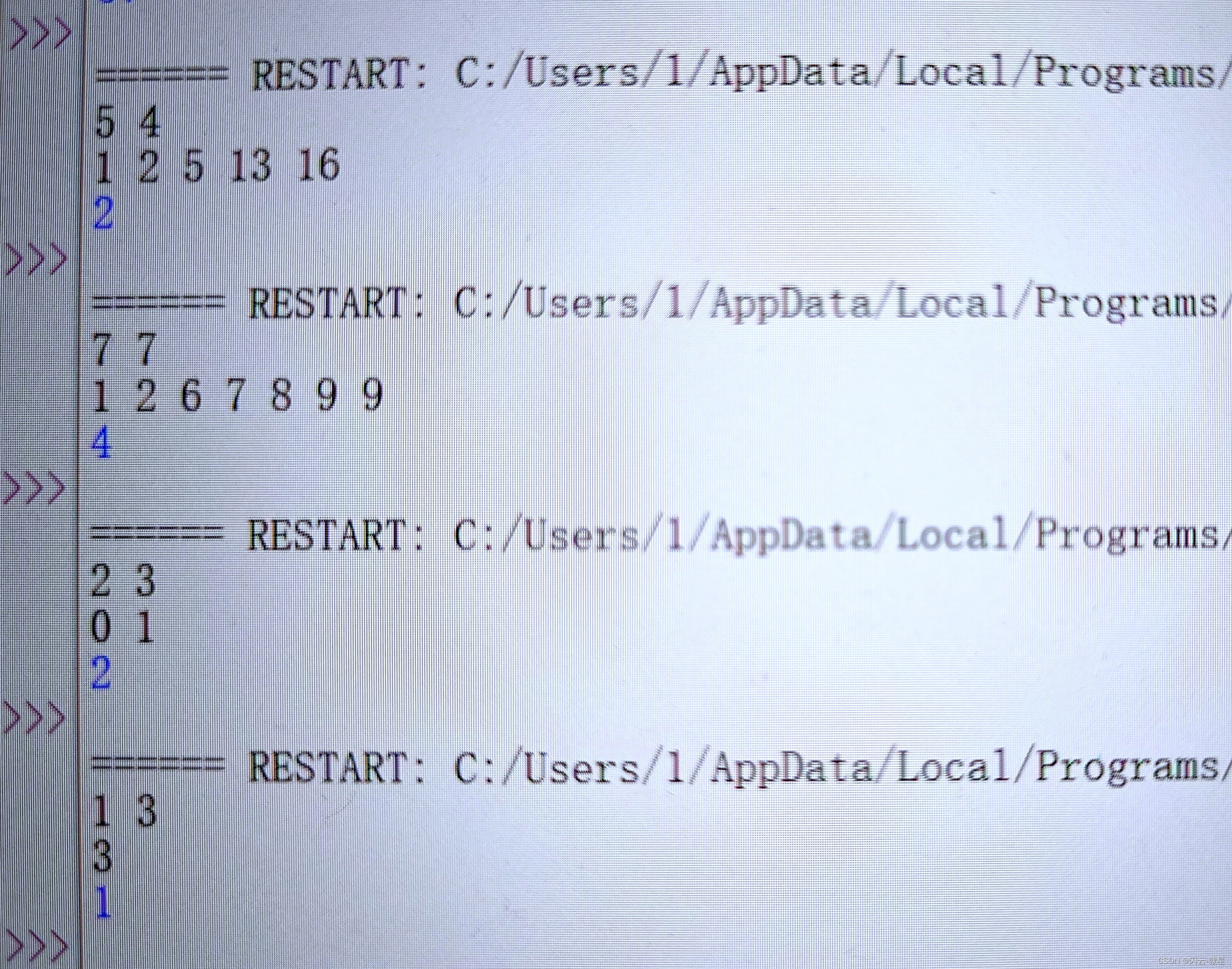Runge-Kutta (RK4)
The Runge-Kutta (RK4) methods are used to solve the solution of the non-liner ordinary differential equation. Here, we will simply summary this method.
Assume the Intial Value Piont (IVP) is satisfied:
y ′ = f ( t , y ) , y ( t 0 ) = y 0 ( 1 ) y\prime = f(t,y), \quad y(t_0)=y_0 \quad \quad (1) y′=f(t,y),y(t0)=y0(1)
The formulation of RK4 is given by:
y ( n + 1 ) = y n + h 6 ( k 1 + 2 k 2 + 2 k 3 + k 4 ) ( 2 ) y_(n+1) = y_n + \frac{h}{6} (k_1+2k_2+2k_3+k_4) \quad \quad (2) y(n+1)=yn+6h(k1+2k2+2k3+k4)(2)
where,
k 1 = f ( t n , y n ) k 2 = f ( t n + h 2 , y n + h 2 k 1 ) k 3 = f ( t n + h 2 , y n + h 2 k 2 ) k 4 = f ( t n + h , y n + h k 3 ) k_1=f(t_n,y_n) \\ \quad \\ k_2=f(t_n+\frac{h}{2}, y_n+\frac{h}{2} k_1) \\ \quad \\ k_3=f(t_n+\frac{h}{2}, y_n+\frac{h}{2} k_2) \\ \quad \\ k_4=f(t_n+h,y_n+hk_3) k1=f(tn,yn)k2=f(tn+2h,yn+2hk1)k3=f(tn+2h,yn+2hk2)k4=f(tn+h,yn+hk3)
Here, the k i k_i ki represent the slope of middle points of the variable time t t t. Will, the Runge-Kutta methods just be generalized by RK4.
In this equation,the next value y n + 1 y_{n+1} yn+1 is decided by the current value y n y_n yn adds the time interval h h h and multiply an estimated middle point slope k k k weight averaged by the slope k i k_i ki:
下一个值 y n + 1 y_{n+1} yn+1 由现在的值 y n y_n yn 加上时间间隔 h h h 和一个估算的斜率的乘积所决定。该斜率是以下斜率的加权平均:和一个估算的斜率 k k k 的乘积所决定。该斜率是以下斜率的加权平均:
k = k 1 + 2 k 2 + 2 k 3 + k 4 6 ( 3 ) k= \frac{k_1+2k_2+2k_3+k_4}{6} \quad \quad (3) k=6k1+2k2+2k3+k4(3)
k 1 k_1 k1 is the slope of the time beginning. (时间段开始时的斜率)
k 2 k_2 k2 is the slope of the middle time point.
时间段中点的斜率,通过欧拉法采用斜率 k 1 k_1 k1 来决定 y y y 在点 t n + h / 2 t_n+h/2 tn+h/2 的值;
k 3 k_3 k3 is also the slope of the middle time point who’s calculated by slope k 2 k_2 k2 and the intial value y y y. (也是中点的斜率,但是这次采用斜率 k 2 k_2 k2 决定 y y y 值。)
k 4 k_4 k4 is the slope of the time ending. 时间段终点的斜率,其 y y y 值用 k 3 k_3 k3决定。
RK4 法是四阶方法,也就是说每步的误差是 h 阶,而总积累误差为 h 阶。
注意 上述公式对于标量或者向量函数(y可以是向量)都适用。
Generalization (推广)
The Runge-Kutta methods are generalized by RK4, which can be formulated as:
y n + 1 = y n + h ∑ i = 1 n b i k i ( 4 ) y_{n+1}=y_n+h \sum_{i=1}^{n} b_i k_i \quad \quad (4) yn+1=yn+hi=1∑nbiki(4)
where,

given the specific problem, the progression s s s and the coefficient a i j a_{ij} aij and c i c_i ci must be provided.
对于给定的一个特定的方法,必须提供整数 s s s(级数),以及系数 a i j a_{ij} aij(对于 1 ≤ j < i ≤ s 1 ≤j<i≤s 1≤j<i≤s), b i b_i bi(对于 i = 1 , 2 , . . . , s i= 1, 2, ...,s i=1,2,...,s)和 c i c_i ci(对于 i = 2 , 3 , . . . , s i= 2, 3, ...,s i=2,3,...,s)。
The Runge-Kutta methods is self-consistent, if:
龙格库塔法是自洽的,如果:
∑ j = 1 i − 1 a i j = c i f o r i = 2 , … , s . ( 5 ) \sum_{j=1}^{i-1}a_{ij}=c_i \quad for \quad i=2,\dots,s. \quad (5) j=1∑i−1aij=cifori=2,…,s.(5)


















